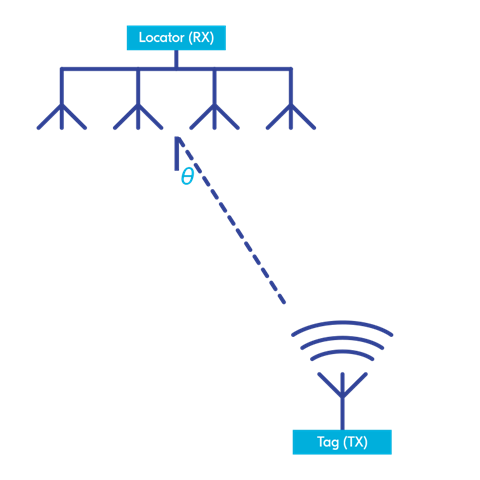Hi, I'm doing experiments with Bluetooth direction finding. I am using the example of the nRF52833 development board, and I have obtained the IQ representation of CTE and tried to solve the AOA using the MUSIC algorithm to process the IQ data. I have obtained several sets of experimental data at different incidence angles and solved the probability distribution of the angles in several experimental scenarios such as dense indoor areas and open outdoor areas. I found a strange phenomenon. Regardless of the actual angle of incidence, the AOA derived from more than 60% of the data falls in the range of 0 degrees to 20 degrees (where 0 degrees is the vertical angle). This seems a little strange, because there seem to be other factors dominating the angle of incidence. I'm curious about the possible reasons for this, or if anyone else has encountered a similar phenomenon. I sorely look forward to your help!



